Today, we look at new developments from Ukraine.
Over the course of the conflict, drones have quickly become the biggest threat to tanks and armored vehicles, making offensive operations extremely dangerous. While pre-war, strategies concentrated short-range air defense systems in dedicated vehicles like the 2K22 Tunguska or the Gepard, the large number of drones in the sky over Ukraine has prompted armies to develop automated air defense systems for use at individual vehicles.
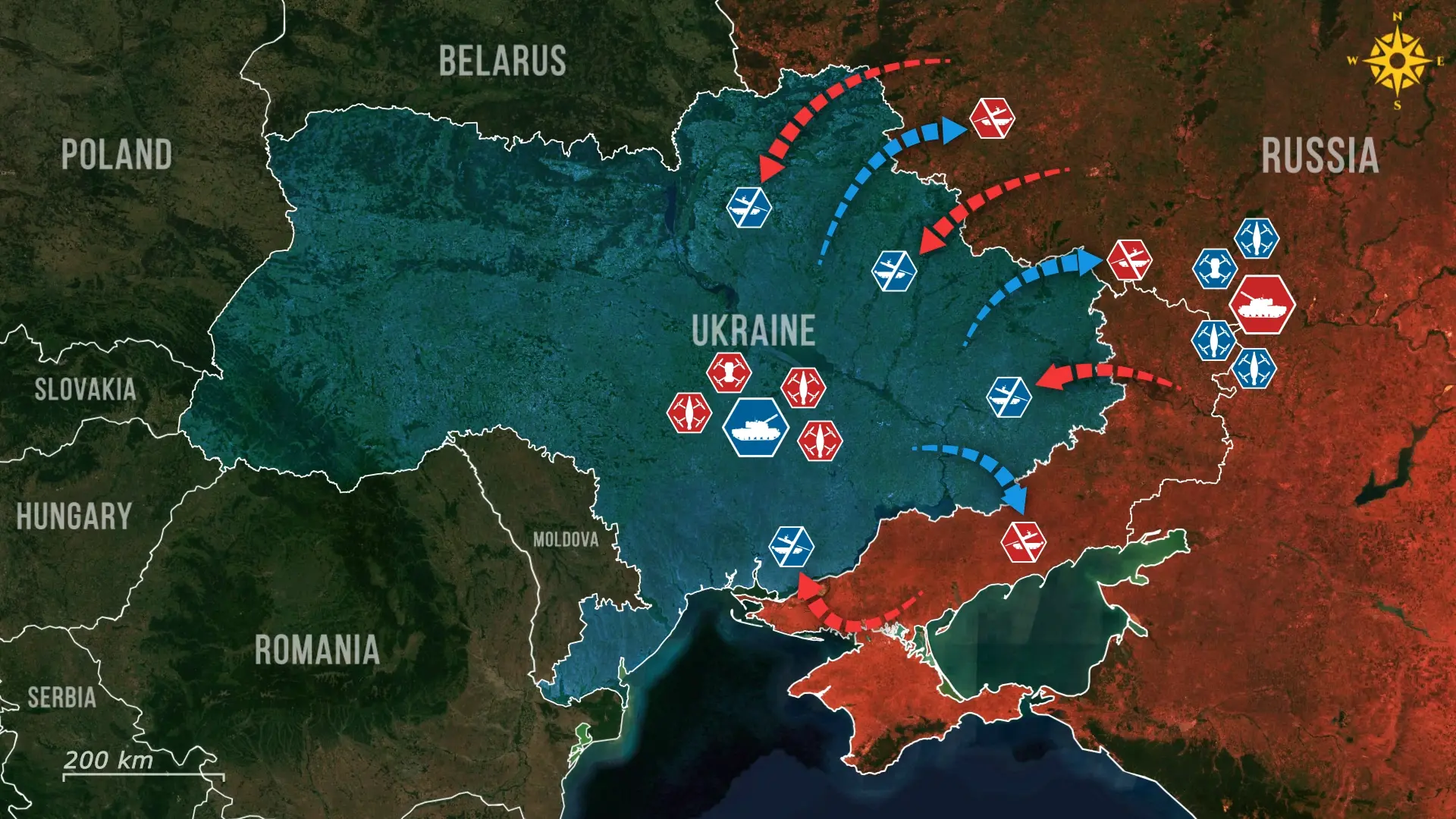
Last month, the US company Allen Control Systems released pictures of their autonomous anti-drone turret mounted on M1 Abrams tanks and M2 Bradley IFV’s. The add-on kit, called the Bullfrog, features a 12.7 millimeter 50-caliber machine gun guided by integrated optics and sensors that can link up with the vehicle's sensors to detect and shoot down UAV’s up to 1500 meters away. The system is designed to provide cheap and low-maintenance 360-degree cover against tactical UAV’s without compromising the vehicle’s weapon systems and protection.
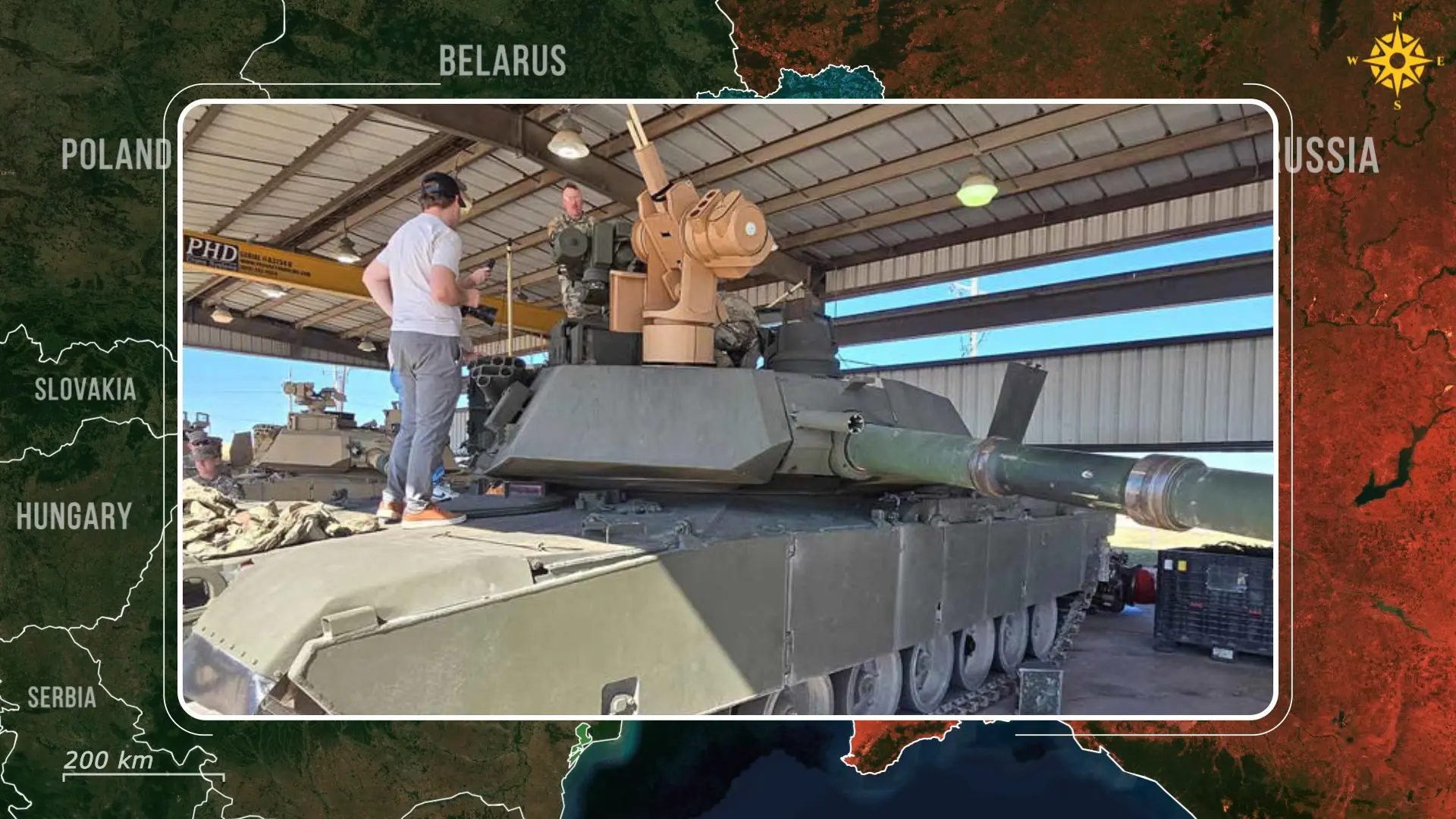

Although the published pictures feature a demonstrator dummy, they already indicate a mature design that might be able to provide a modular anti-drone solution for a variety of vehicles.
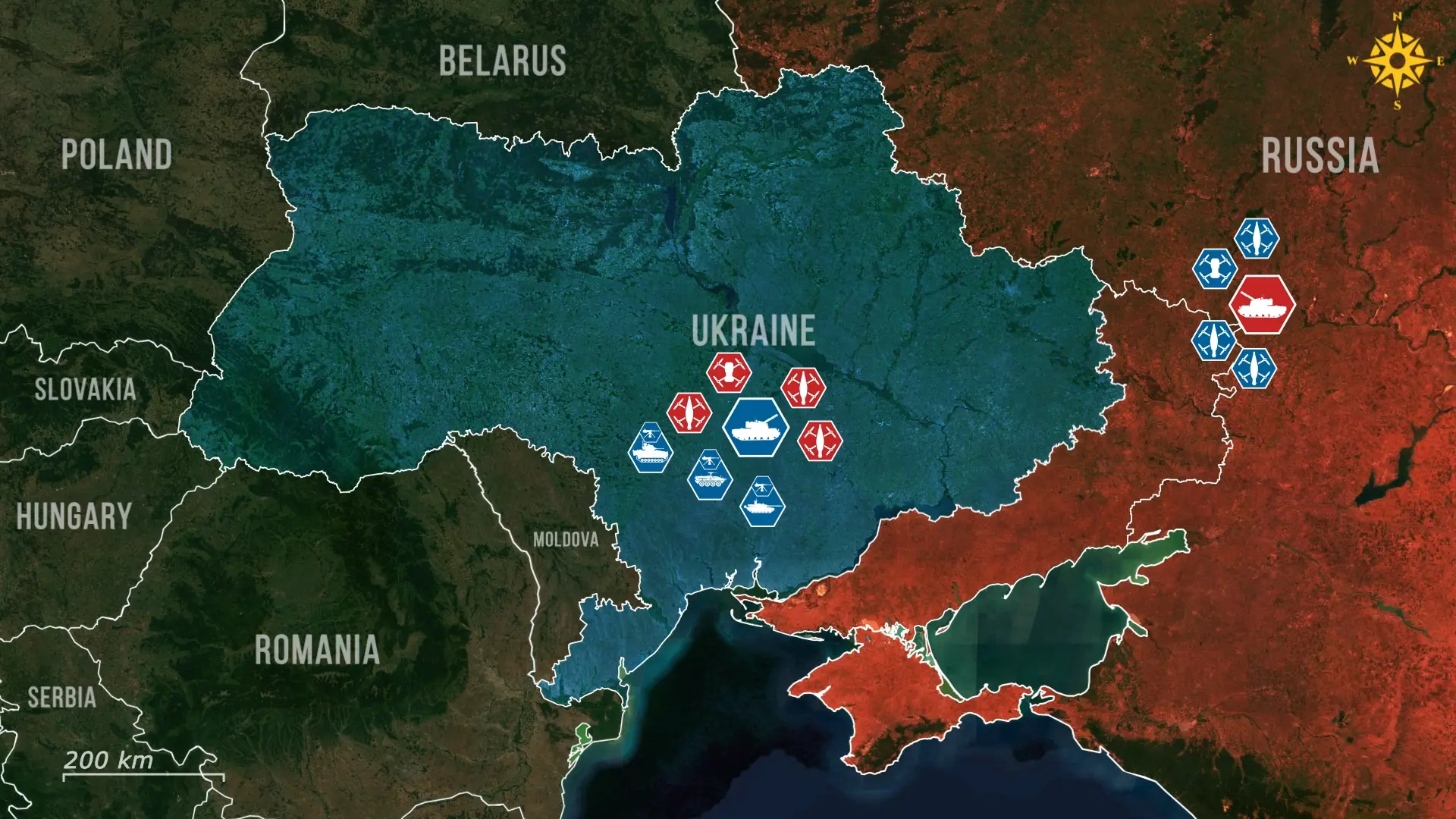
As a solution to drone threats, remote weapon stations currently compete with electronic warfare jammers for a spot in the tank of the future. While electronic warfare is still effective against many FPV drones, frontline experience shows that regularly adjusted frequencies or the use of several redundant antennas can enable workarounds. Fiber-optic drones and AI-guided models are even less vulnerable to EW, which makes jamming capabilities insufficient to fully protect a vehicle and will make hard-kill systems an integral part of future anti-drone strategies. Current close-range weapon systems are either too large for use outside of dedicated vehicles or not autonomous, and therefore too slow to detect and effectively destroy multiple small drones simultaneously.
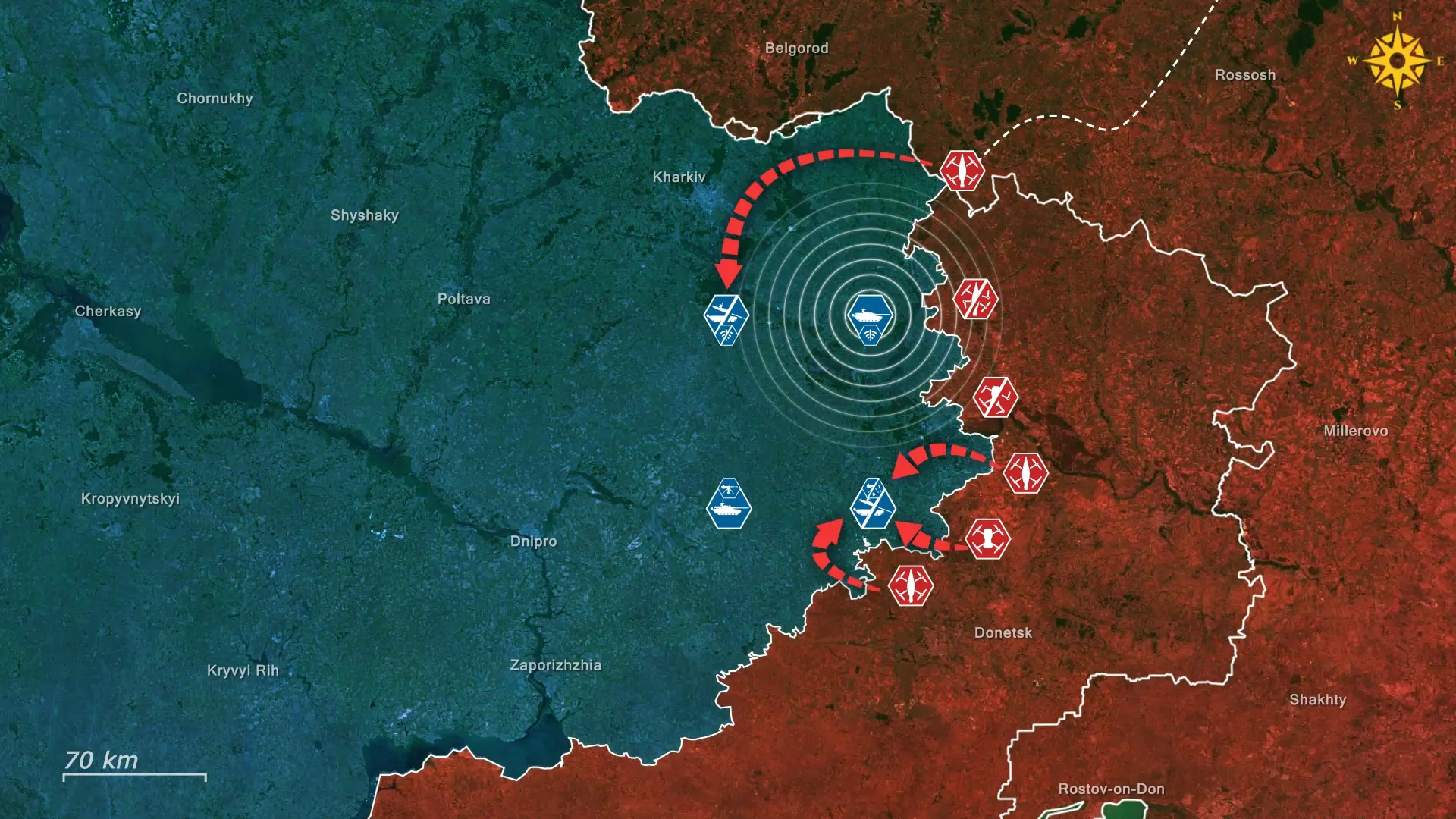
Systems like the Bullfrog or the similar Natter RCWS made by Rheinmetall are consequently seen as important steps to ensure the survivability of tanks on the modern battlefield.

Earlier this year, the US Ministry of Defense released a picture of a revolving M134 Minigun mounted to an M1 Abrams tank, causing speculation over its use in future anti-drone platforms. While similar guns are used in helicopters and boats, experts noticed several flaws within the illustrated setup.
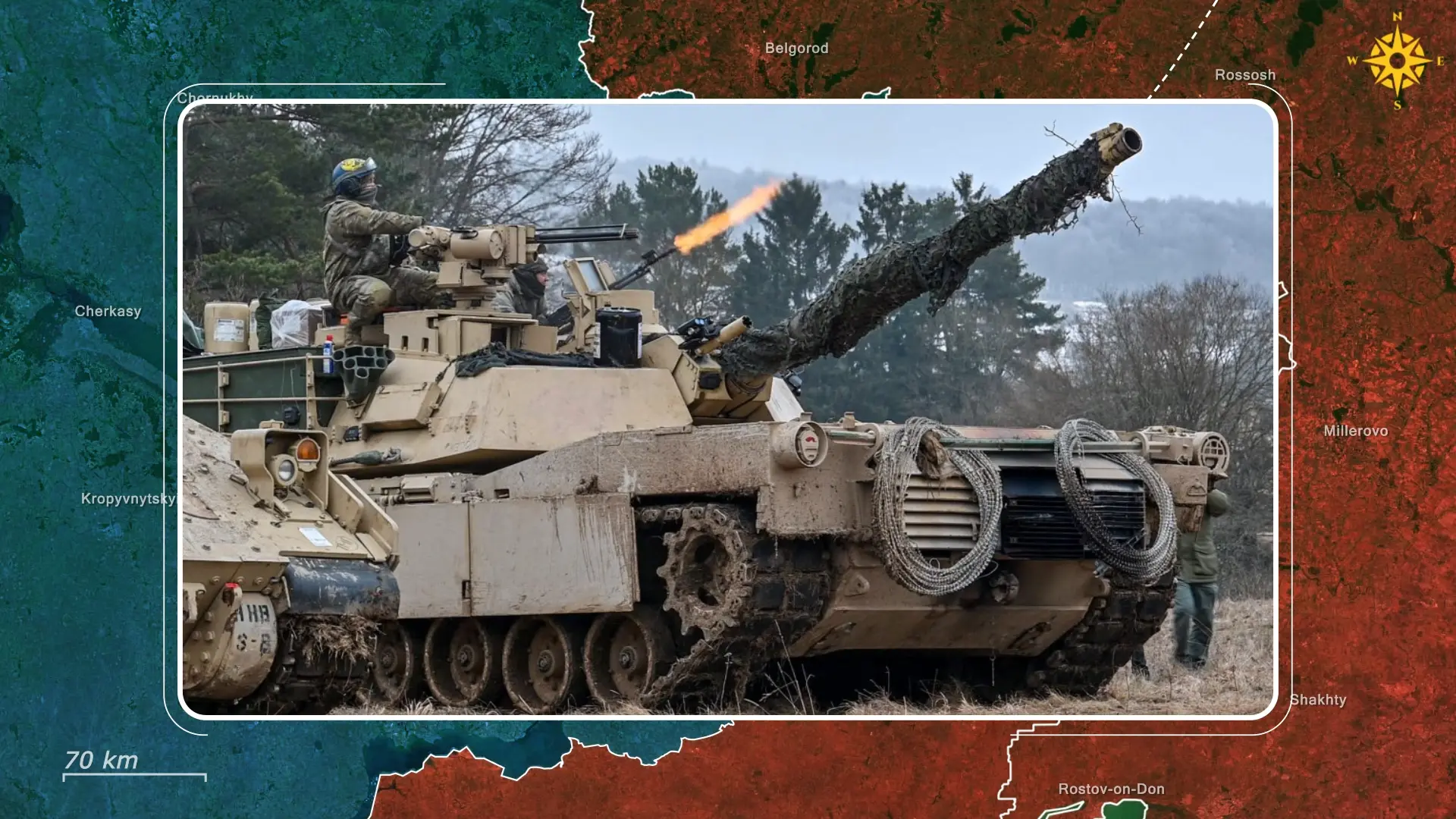

The manually operated and relatively inaccurate gun appeared to have an inadequate field of fire and would have likely struggled to fend off fast or low-flying targets or to react to multiple threats simultaneously. Furthermore, the setup requires an open hatch and interferes with other tasks, such as reloading the tank.
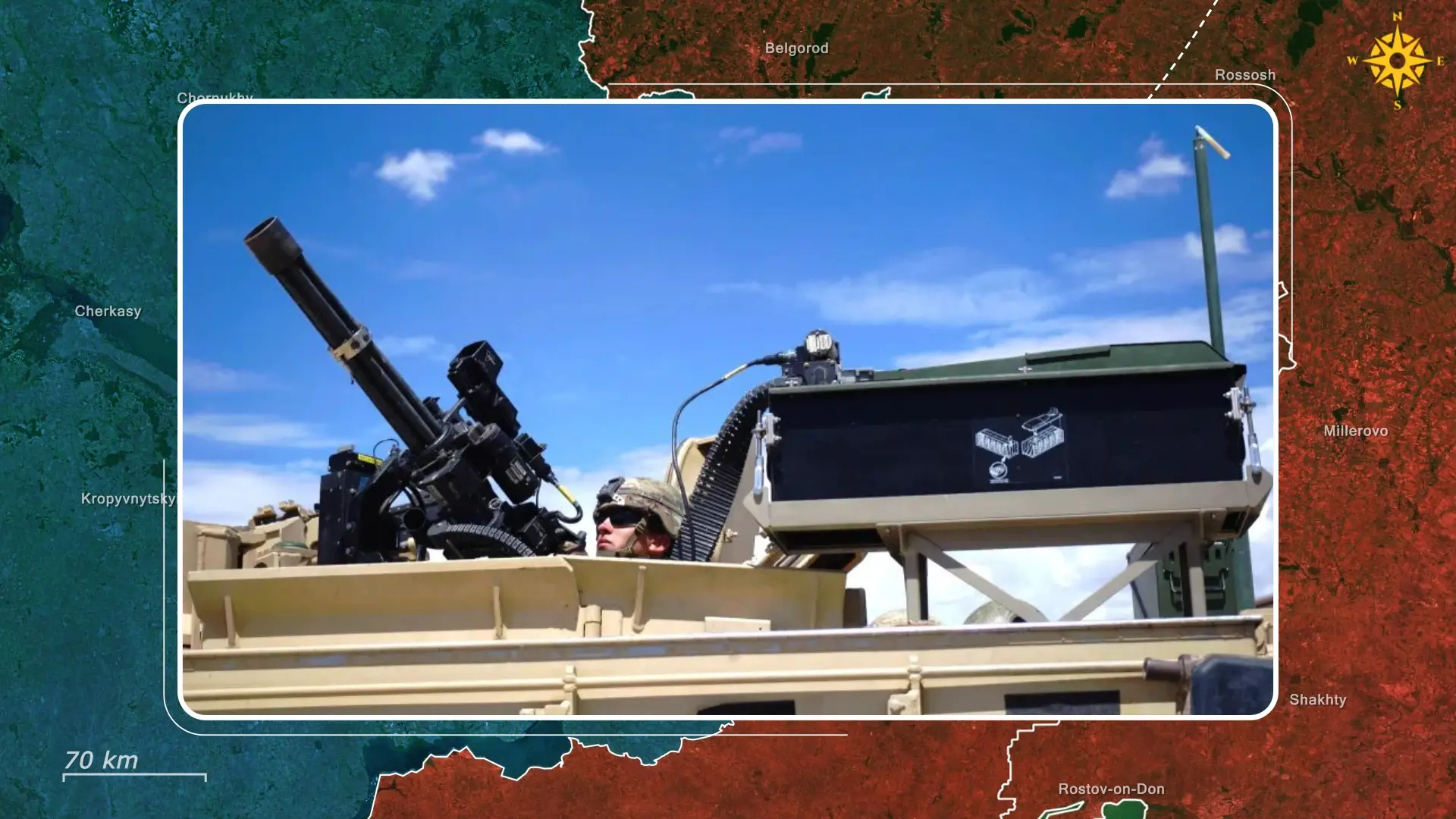

Despite this, Gatling guns could still play a role in anti-UAV combat, as the Polish company ZM Tarnow presented a standalone system built around a WLKM 12.7 millimeter Gatling-style machine gun in 2024. Due to their size, the suitability of Gatling guns for MBT’s is questionable, however, and no other nation has so far attempted similar designs.

Under the constant stream of Ukrainian drone attacks, Russia struggles to develop its own hard-kill anti-FPV turrets. A recently published video shows a simple machine-gun-based prototype on an expansion mount conducting target practice and downing drones. With its limited traverse of only 90 degrees horizontally and 55 degrees vertically, it appears to be far from being fit for use in combat vehicles, however.
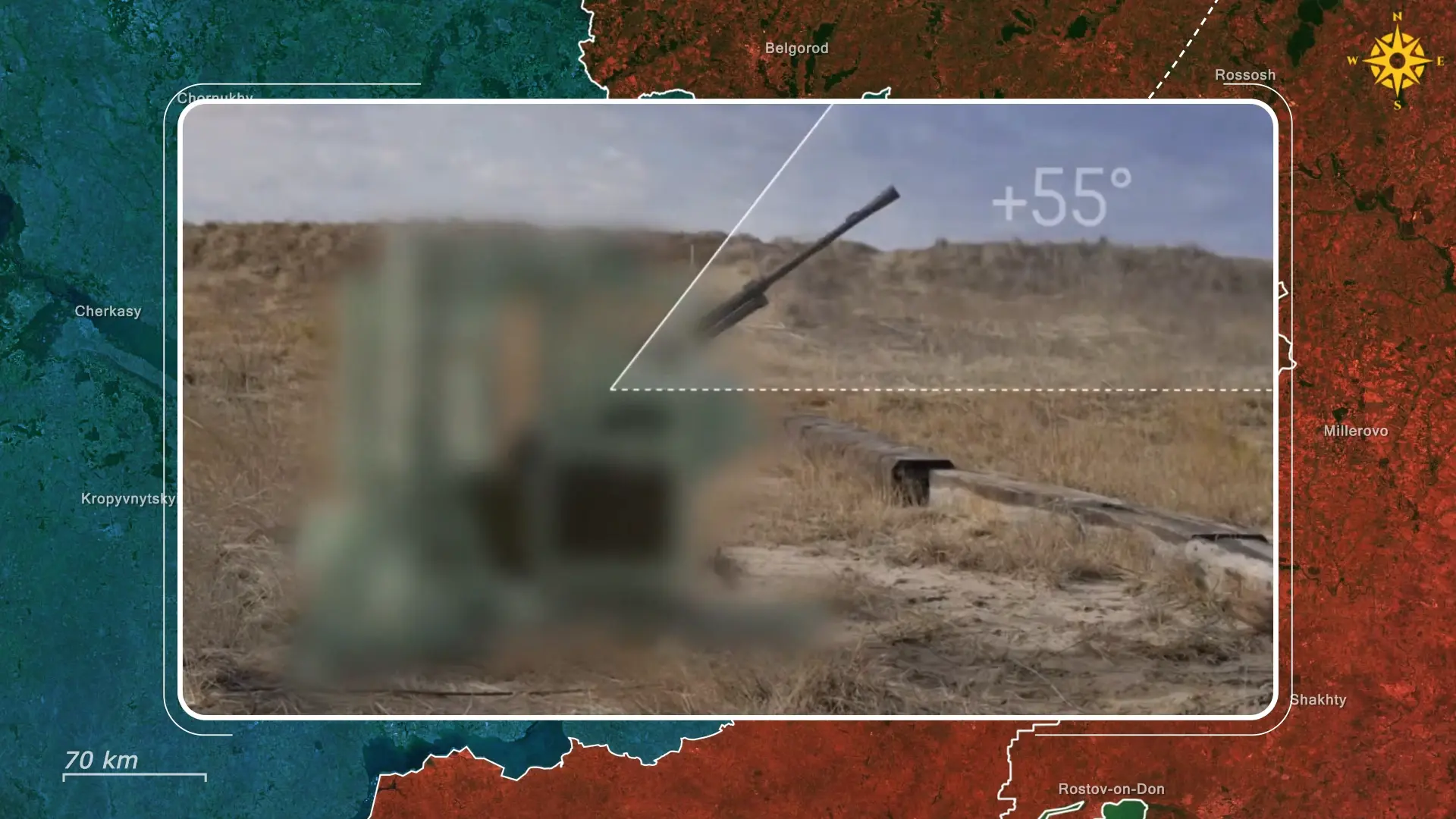
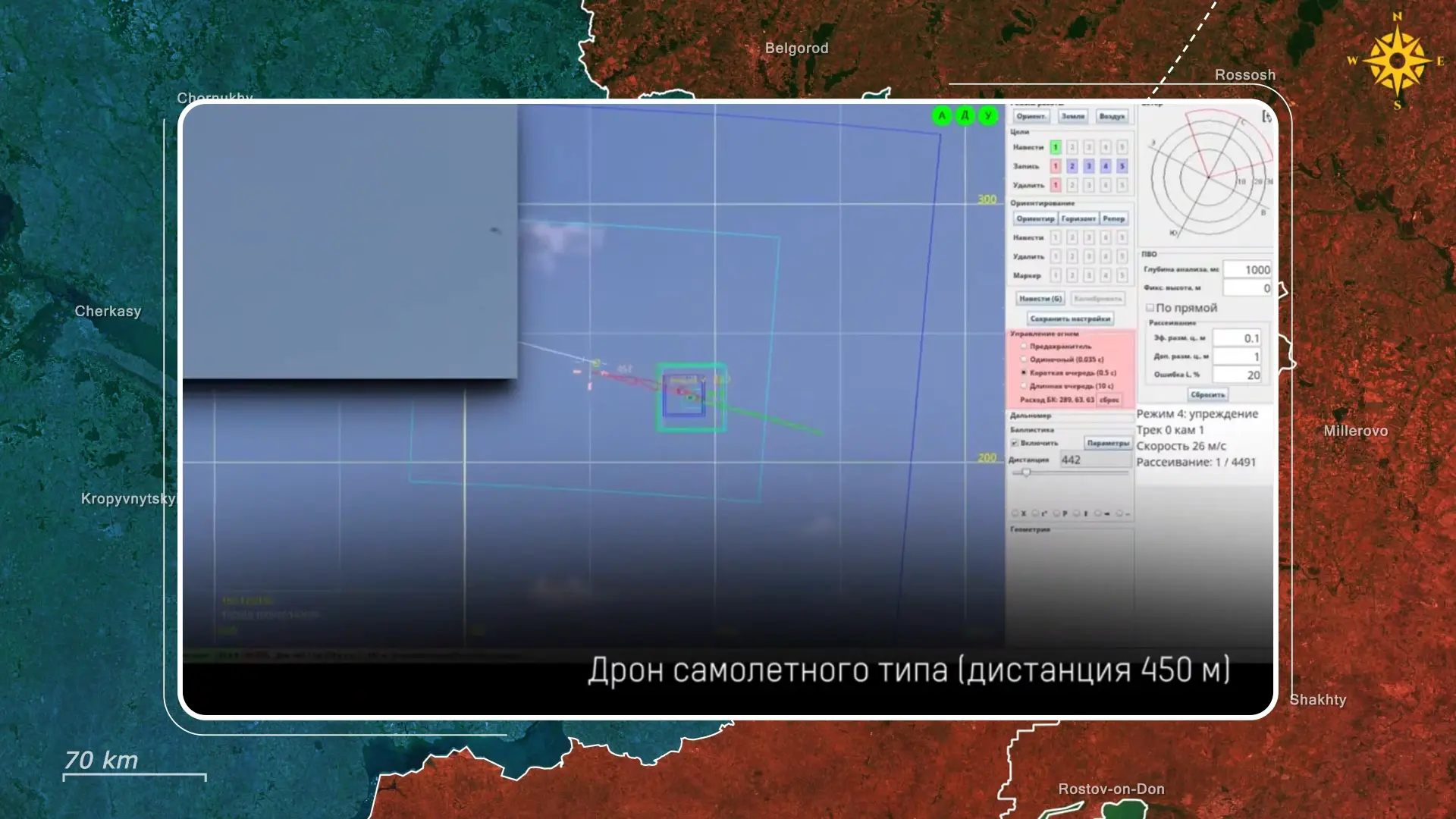
This might provide opportunities for Ukraine to gain an advantage in regard to anti-drone protection of its armored vehicles. While the country can cooperate with close allies such as Poland and Germany, the Ukrainian defense industry has already proven its ability to develop and build modular turret systems for its BTR-4 IFV’s.

Overall, automated hard-kill turrets appear to be a promising solution to the constant threat of drone attacks experienced by tank crews in the Ukrainian theatre. Unlike electronic warfare systems, they can theoretically down all types of UAV’s, while, unlike turtle-armor, they do not interfere with the tank’s line of fire.
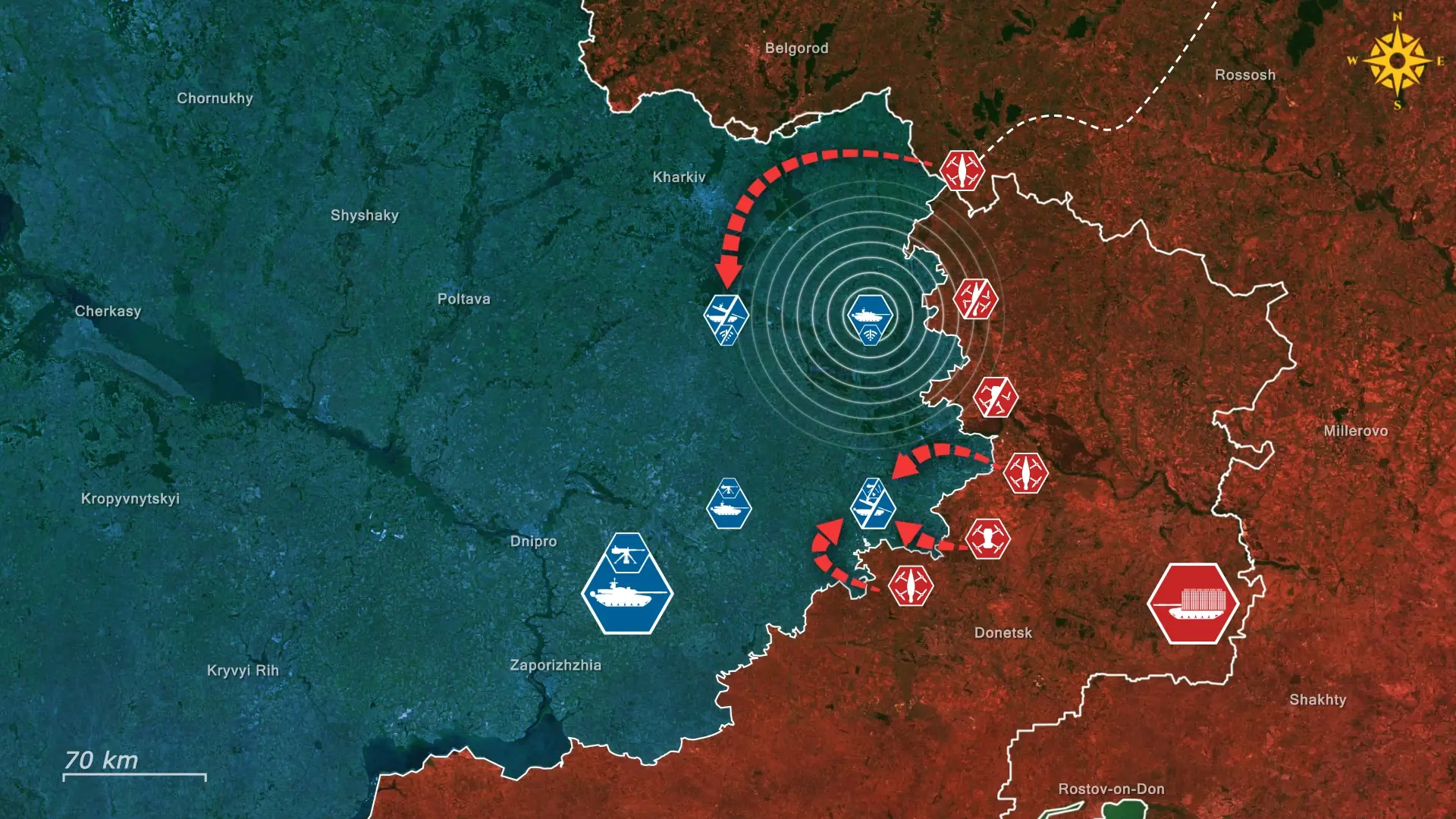
The bullfrog turret exemplifies current developments, as it combines automation and 360-degree traverse with a modular design and reduced size. If automated hard-kill turrets prove themselves to protect tanks from different types of UAV’s, they will enable more active tank use and yet again illustrate the longevity of the tank concept.










.jpg)
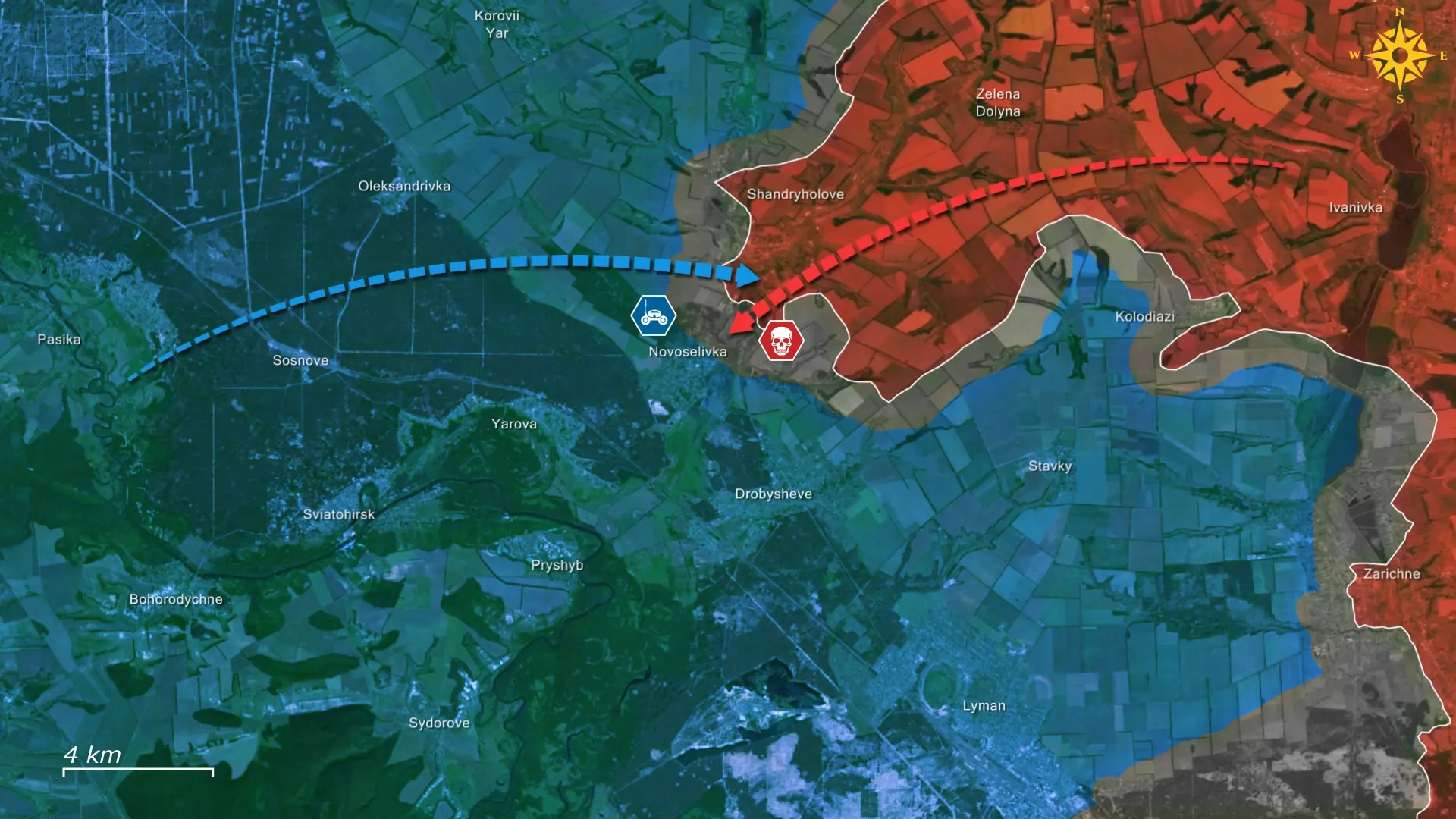
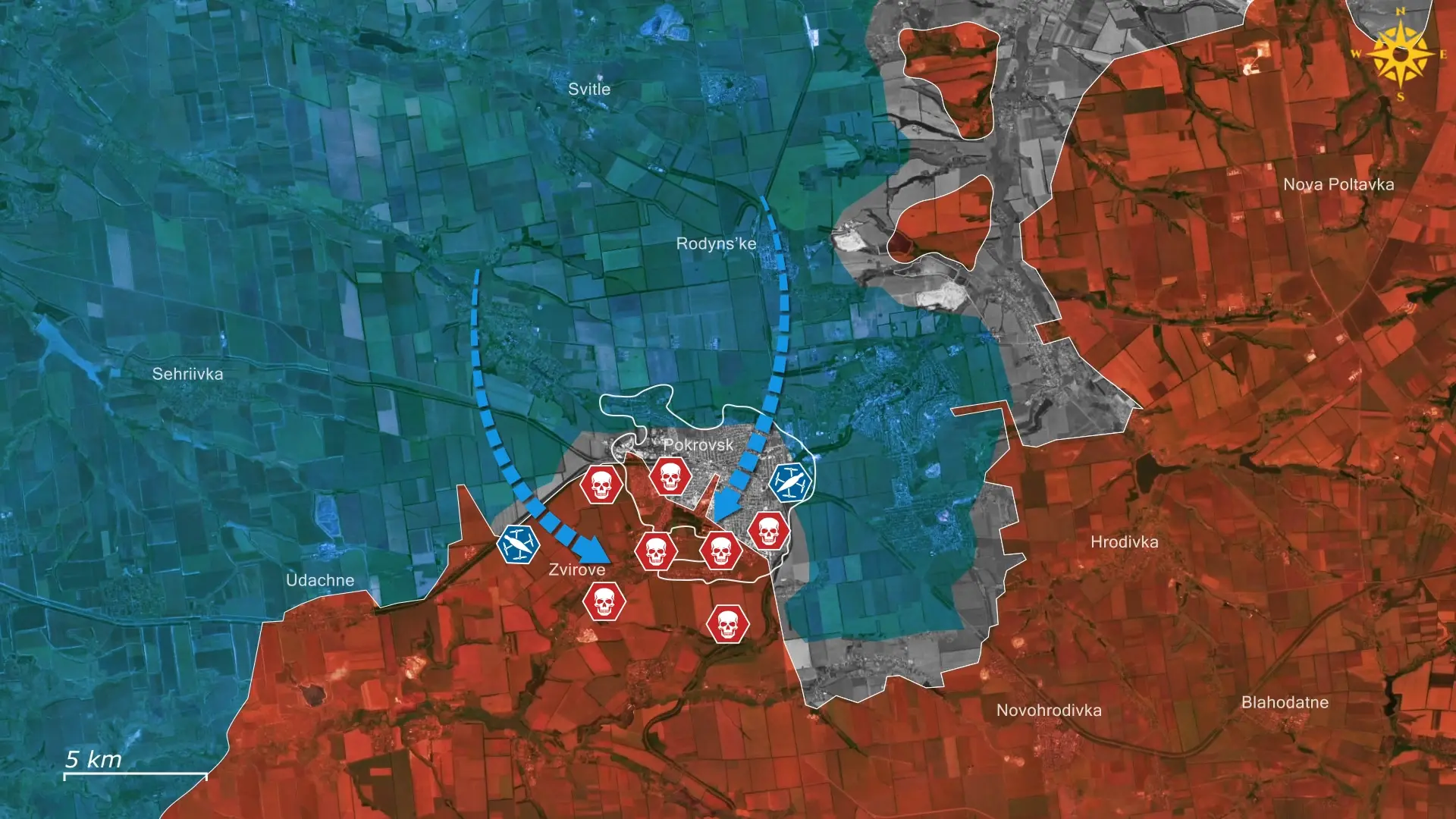
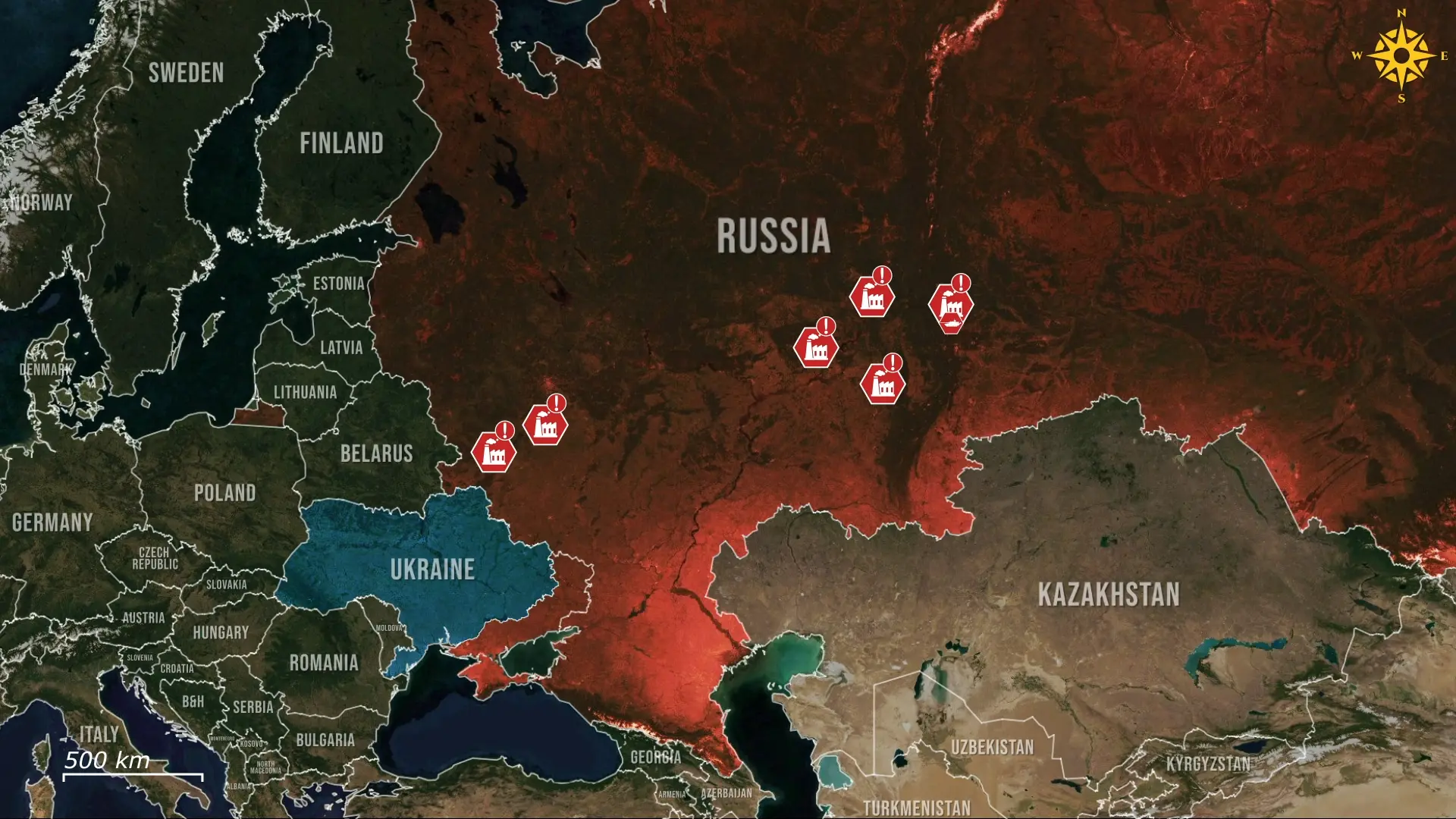
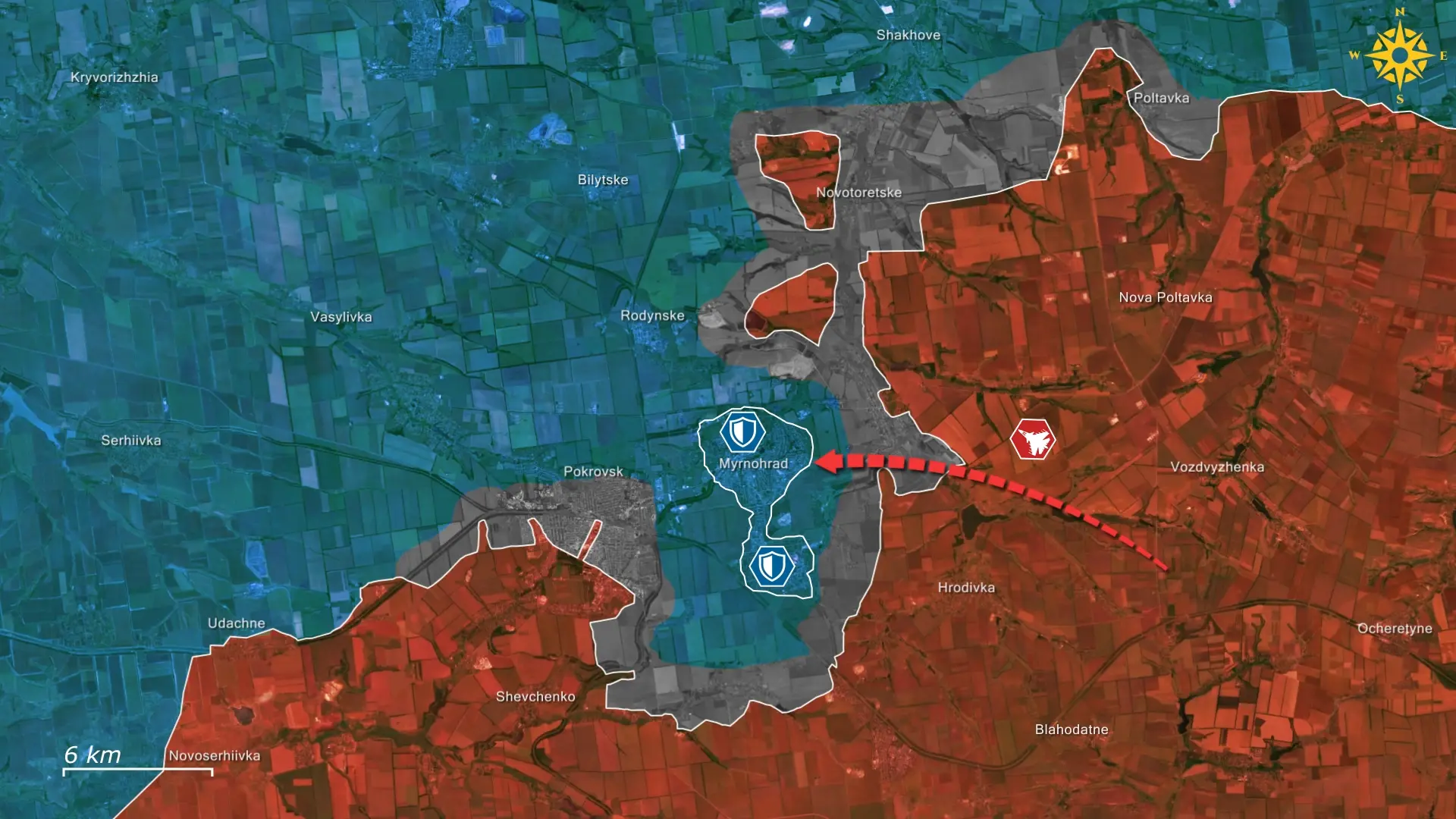
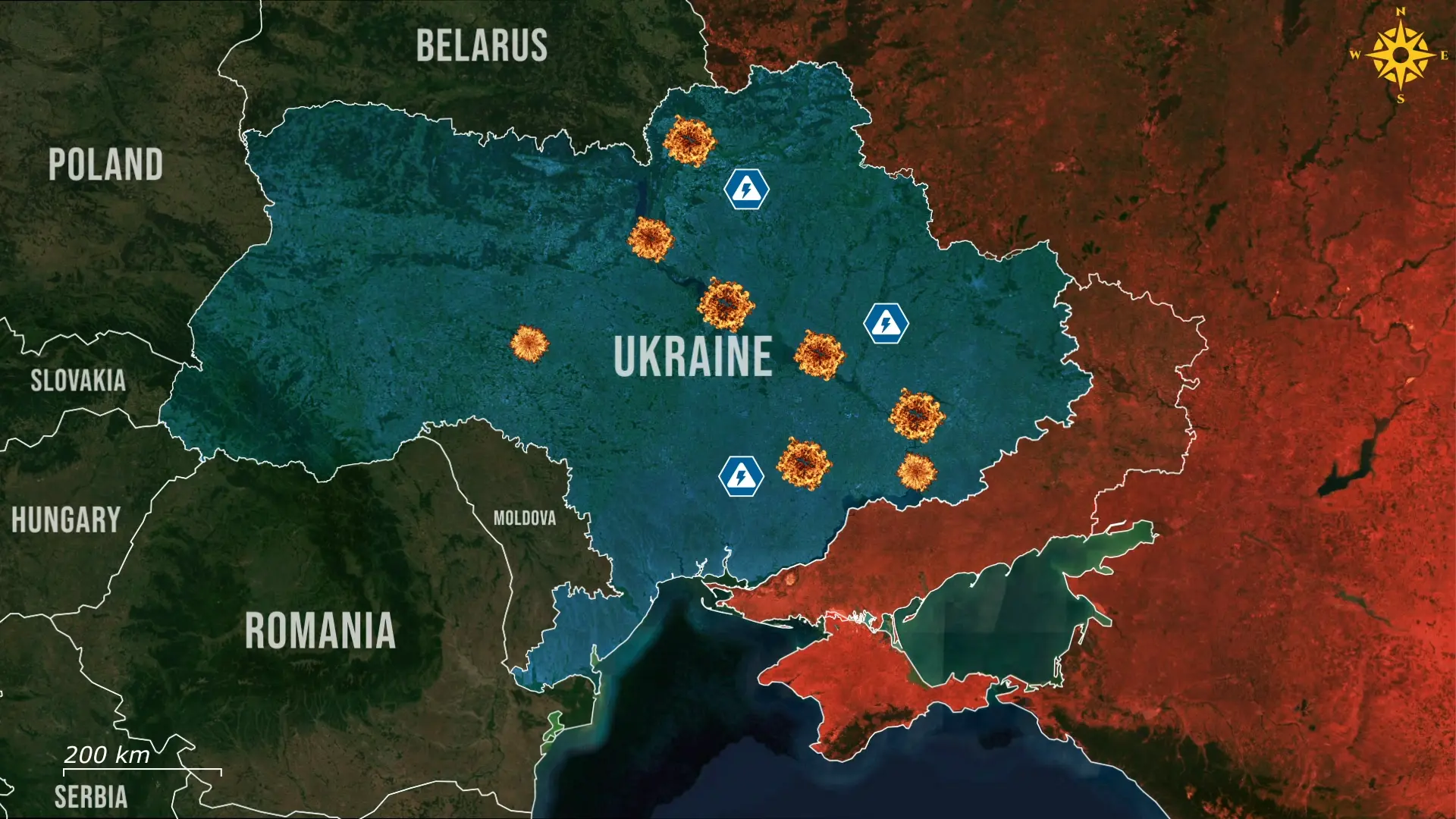



Comments